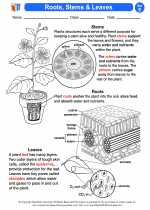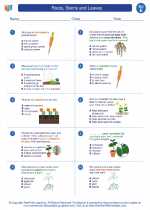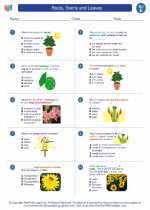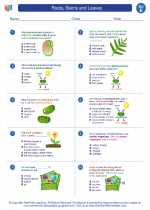Understanding Tension
Tension is a type of force that is transmitted through a flexible connector when it is pulled tight by forces acting from opposite ends. When an object is suspended or pulled by a rope or cable, the tension in the rope is responsible for supporting the weight of the object. Tension acts in the direction of the rope or cable and is always directed away from the object it is supporting.
Factors Affecting Tension
Several factors can affect the tension in a rope or cable:
- Force applied: The amount of force applied to the rope or cable will directly impact the tension it experiences. A greater force will result in higher tension.
- Angle of pull: The angle at which the force is applied to the rope also affects the tension. A larger angle of pull will result in higher tension.
- Material and elasticity: The material and elasticity of the rope or cable will determine how much tension it can withstand before breaking.
Applications of Tension
Tension is a fundamental concept in various real-world applications, including:
- Bridges and Structures: Engineers consider tension forces when designing and constructing bridges, buildings, and other structures to ensure the materials can withstand the tension they will experience.
- Physics Experiments: Tension is often a key component in physics experiments, particularly those involving pulleys, pendulums, and other mechanical systems.
- Sports and Recreation: Tension is utilized in activities such as rock climbing, zip lining, and bungee jumping, where ropes and cables are essential for safety and support.
Studying Tension
Key Concepts
When studying tension, it's important to understand the following key concepts:
- The definition of tension as a force transmitted through a flexible connector.
- The factors that affect tension, including the force applied, angle of pull, and material properties.
- Real-world applications of tension in engineering, physics, and recreational activities.
Practice Problems
Here are some practice problems to help reinforce your understanding of tension:
- Calculate the tension in a rope supporting a 200 kg object hanging vertically from a ceiling, given that the rope makes a 30-degree angle with the vertical.
- Determine the tension in a cable being pulled by a force of 500 N at an angle of 60 degrees with the horizontal.
- Explain how tension is involved in supporting the weight of a person rappelling down a cliff using a rope.
◂Science Worksheets and Study Guides Fifth Grade. Roots, Stems and Leaves
Study Guide Roots, Stems and Leaves
Roots, Stems and Leaves  Activity Lesson
Activity Lesson Roots Leaves
Roots Leaves  Worksheet/Answer key
Worksheet/Answer key Roots, Stems and Leaves
Roots, Stems and Leaves  Worksheet/Answer key
Worksheet/Answer key Roots, Stems and Leaves
Roots, Stems and Leaves  Worksheet/Answer key
Worksheet/Answer key Roots, Stems and Leaves
Roots, Stems and Leaves  Worksheet/Answer key
Worksheet/Answer key Roots, Stems and Leaves
Roots, Stems and Leaves  Vocabulary/Answer key
Vocabulary/Answer key Roots, Stems and Leaves
Roots, Stems and Leaves  Vocabulary/Answer key
Vocabulary/Answer key Roots, Stems and Leaves
Roots, Stems and Leaves  Vocabulary/Answer key
Vocabulary/Answer key Roots, Stems and Leaves
Roots, Stems and Leaves 

 Activity Lesson
Activity Lesson
 Worksheet/Answer key
Worksheet/Answer key
 Worksheet/Answer key
Worksheet/Answer key
 Worksheet/Answer key
Worksheet/Answer key
 Worksheet/Answer key
Worksheet/Answer key
 Vocabulary/Answer key
Vocabulary/Answer key
 Vocabulary/Answer key
Vocabulary/Answer key
 Vocabulary/Answer key
Vocabulary/Answer key

The resources above cover the following skills:
LIFE SCIENCE (NGSS)
From Molecules to Organisms: Structures and Processes
Students who demonstrate understanding can:
Support an argument that plants get the materials they need for growth chiefly from air and water.